18 Vegetables You Can Still Plant in October
October may seem too late for gardening, but it is actually the perfect time to plant a variety of hardy vegetables. Cooler temperatures help many crops grow sweeter and more flavorful. With the right choices, your garden can stay productive well into the colder months. Leafy greens, root vegetables, and herbs all thrive during this time of year. Planting now means you can enjoy fresh produce even after summer ends. Whether you have a backyard plot or a few containers, these vegetables will reward your effort.
This post may contain affiliate links, which helps keep this content free. Please read our disclosure for more info.
Spinach
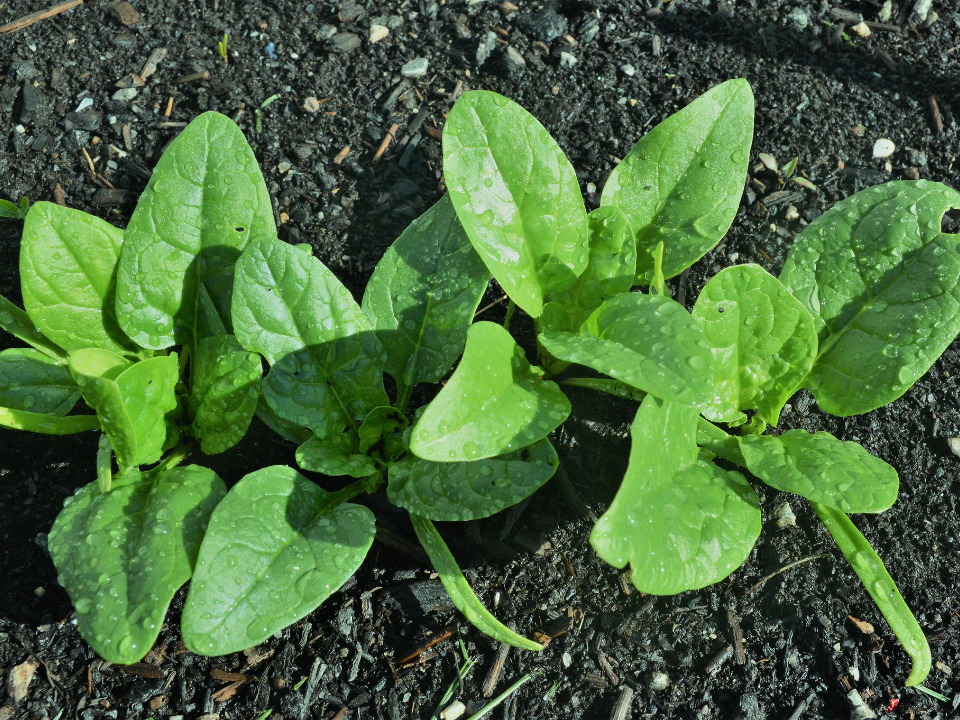
Spinach is one of the best vegetables to plant in October because it thrives in cooler temperatures. The seeds germinate quickly, and the plants grow strong as long as the soil stays moist. You can plant it directly in garden beds or containers, which makes it versatile for small spaces. This leafy green grows fast and can be harvested within six to eight weeks after sowing.
Spinach loves well-drained soil rich in compost or organic matter. Planting it in partial sunlight helps prevent the leaves from becoming bitter. Regular watering keeps the foliage tender and flavorful. Freshly harvested spinach adds a rich taste to salads, soups, and stir-fries during the colder months.
Kale
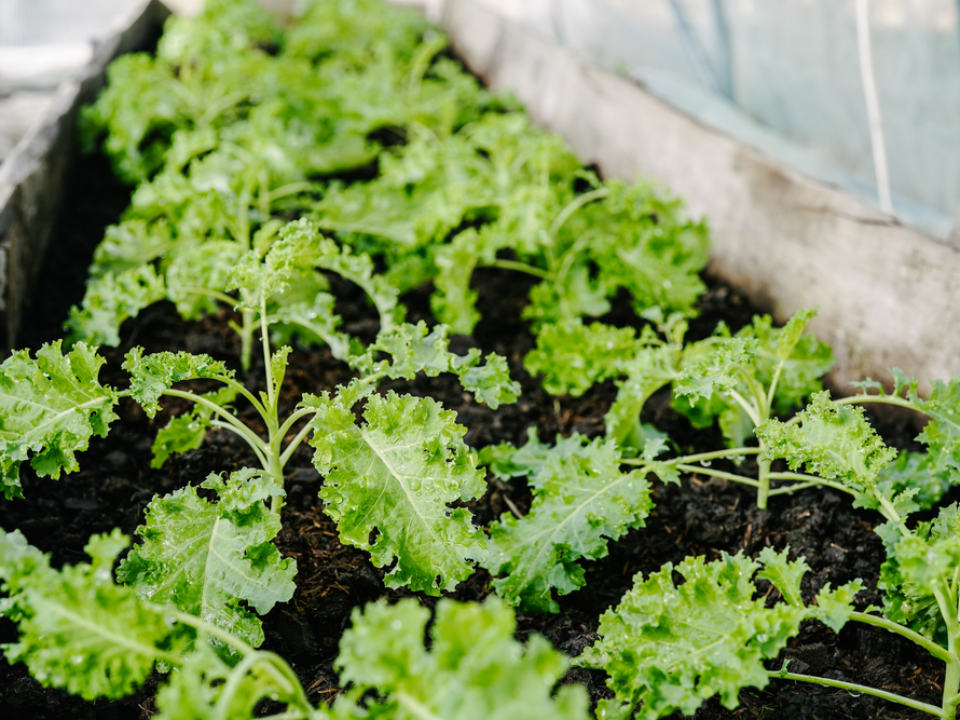
Kale can handle chilly nights, making it ideal for planting in October. It prefers soil that has been loosened and enriched with compost to help its roots spread easily. As a hardy green, kale keeps growing even after the first frost, which helps sweeten its flavor. You can start it from seeds or small transplants for a quicker harvest.
To keep kale healthy, space the plants at least a foot apart to allow airflow. Consistent watering will prevent the leaves from drying or turning tough. Picking the outer leaves first encourages new growth from the center. It is a reliable source of vitamins A and C when many summer vegetables have finished producing.
Carrots
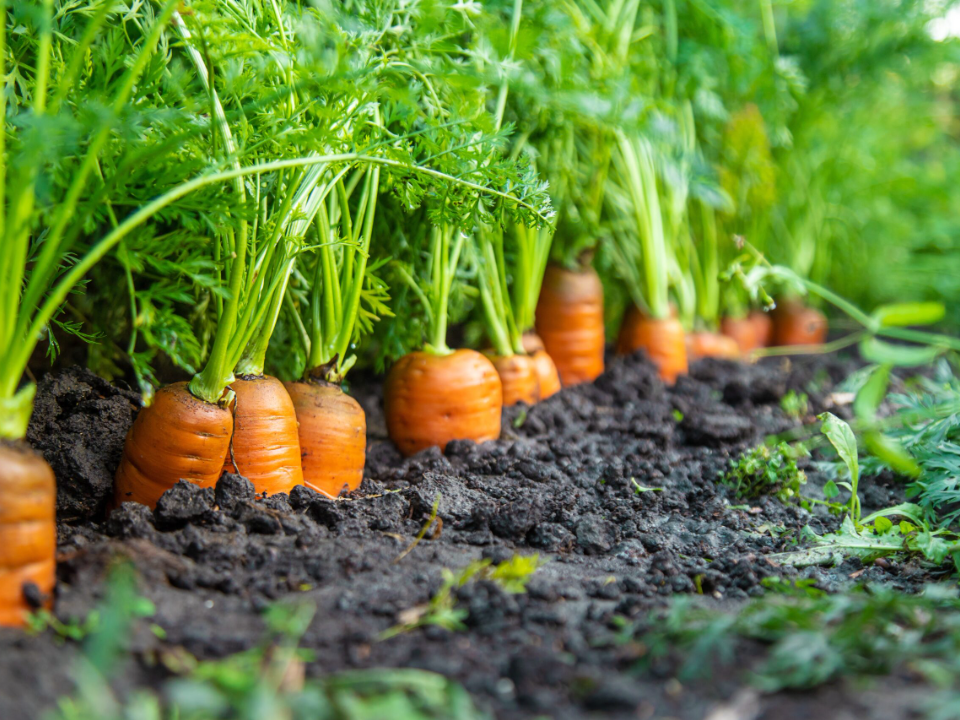
Carrots do surprisingly well when planted in October in areas with mild winters. They need loose, sandy soil so their roots can grow straight and deep. Seeds can be sprinkled evenly and covered lightly with soil. Once they sprout, thin them to allow enough space for full-sized carrots to form.
Cooler weather helps carrots develop a sweeter taste. Keep the soil evenly moist but avoid overwatering to prevent splitting. Mulching around the plants helps protect them from sudden temperature drops. Freshly pulled carrots are perfect for roasting or adding crunch to fall salads.
Lettuce
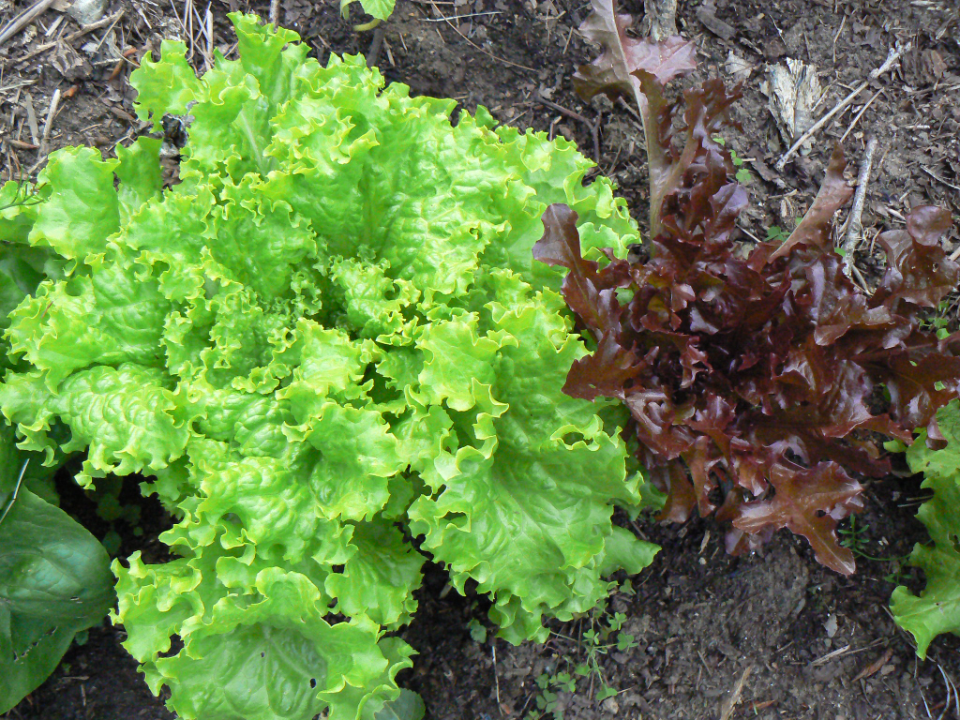
Lettuce grows well in October since it enjoys cool weather and light frosts. You can sow seeds directly into raised beds or pots with well-drained soil. Varieties like romaine, butterhead, and leaf lettuce thrive during this time of year. Quick growth allows you to start harvesting tender leaves within a few weeks.
To maintain steady growth, water lettuce consistently and shield it from harsh wind. Partial shade during warm afternoons keeps the leaves crisp. Regular harvesting of outer leaves encourages continuous production. Having a steady supply of lettuce makes it easy to prepare fresh salads even in late autumn.
Radishes
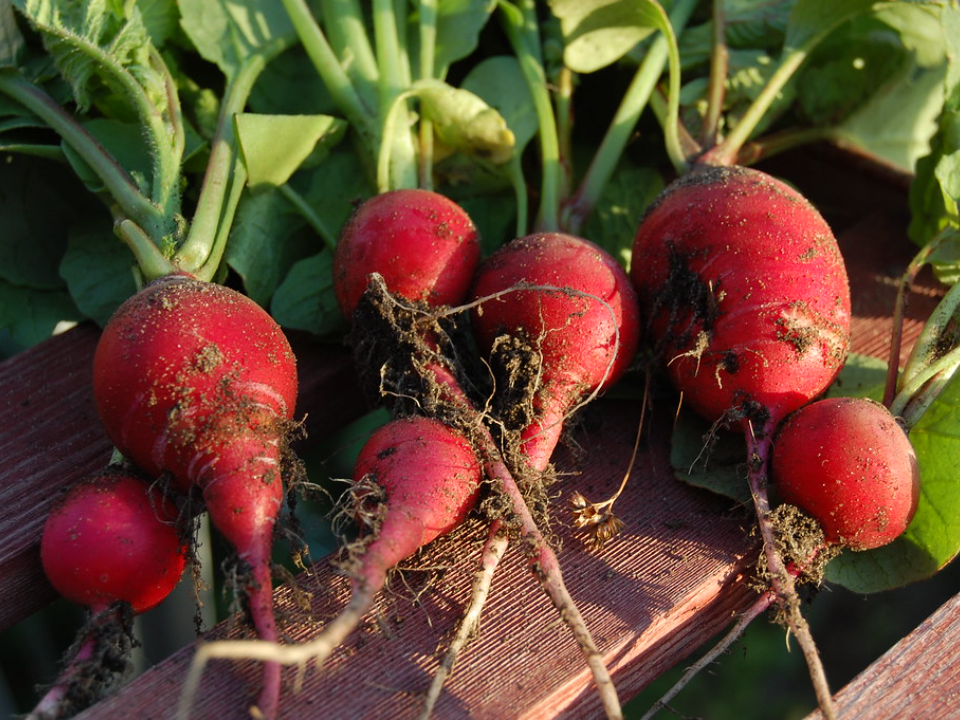
Radishes are one of the fastest-growing crops you can plant in October. They mature in less than a month, making them perfect for quick harvests before the ground freezes. Sow the seeds directly into moist soil about half an inch deep. Their crisp texture and peppery taste make them a rewarding choice for fall planting.
Since radishes prefer cooler weather, they thrive during short autumn days. Keep the soil evenly moist and thin seedlings early to avoid overcrowding. You can grow several batches throughout the month for a steady yield. They pair well with salads, soups, or roasted vegetable mixes.
Beets
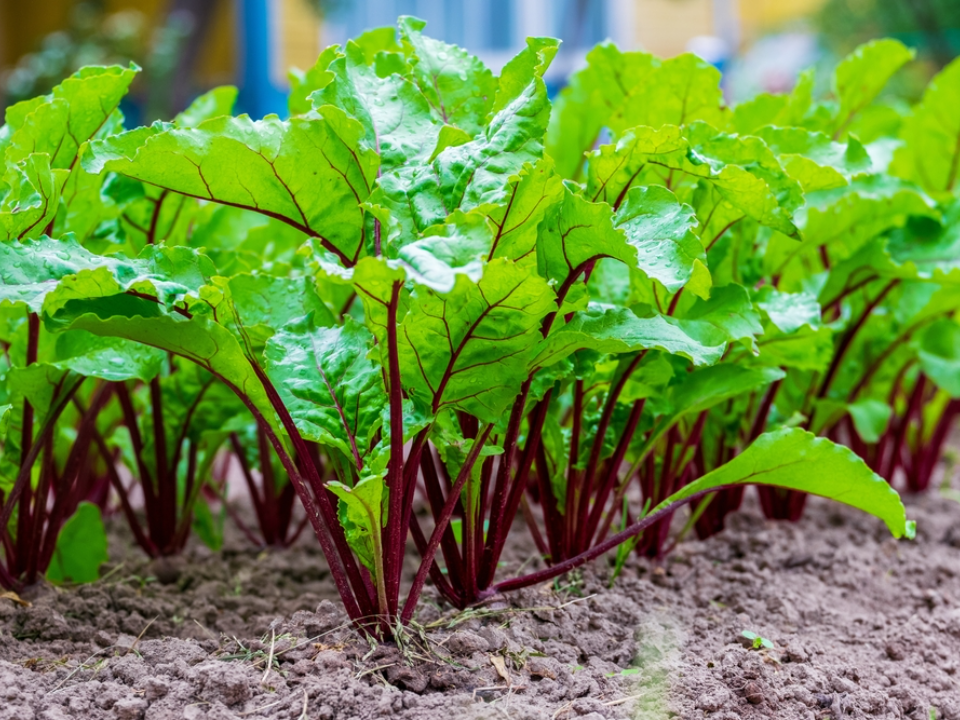
Beets are another root crop that performs well in October. Their seeds germinate easily in cool soil, and both roots and greens are edible. Plant them about an inch apart and cover lightly with soil. After sprouting, thin them to four inches to give each plant room to expand.
Beets prefer consistent moisture to develop tender roots. As the weather cools, their flavor becomes more mellow and sweet. They can be harvested small for fresh eating or left in the soil to mature. Roasted beets or sautéed greens make flavorful additions to fall meals.
Garlic
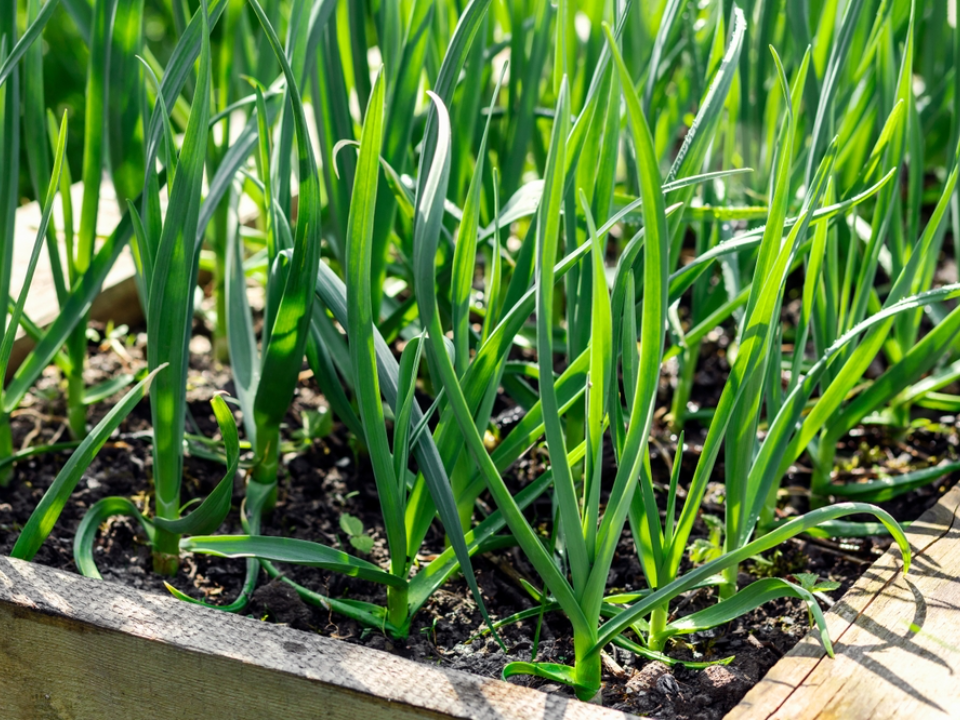
Garlic is a classic choice for planting in October because it overwinters well. Each clove grows into a full bulb by the following summer. Plant cloves with the pointed end up and space them a few inches apart in rich, loose soil. A light layer of mulch helps protect them through the winter chill.
Garlic requires minimal attention after planting. The bulbs begin forming when the soil warms in spring. Regular watering during that time encourages larger heads. Freshly harvested garlic in early summer is flavorful and aromatic, perfect for seasoning a wide range of dishes.
Swiss Chard
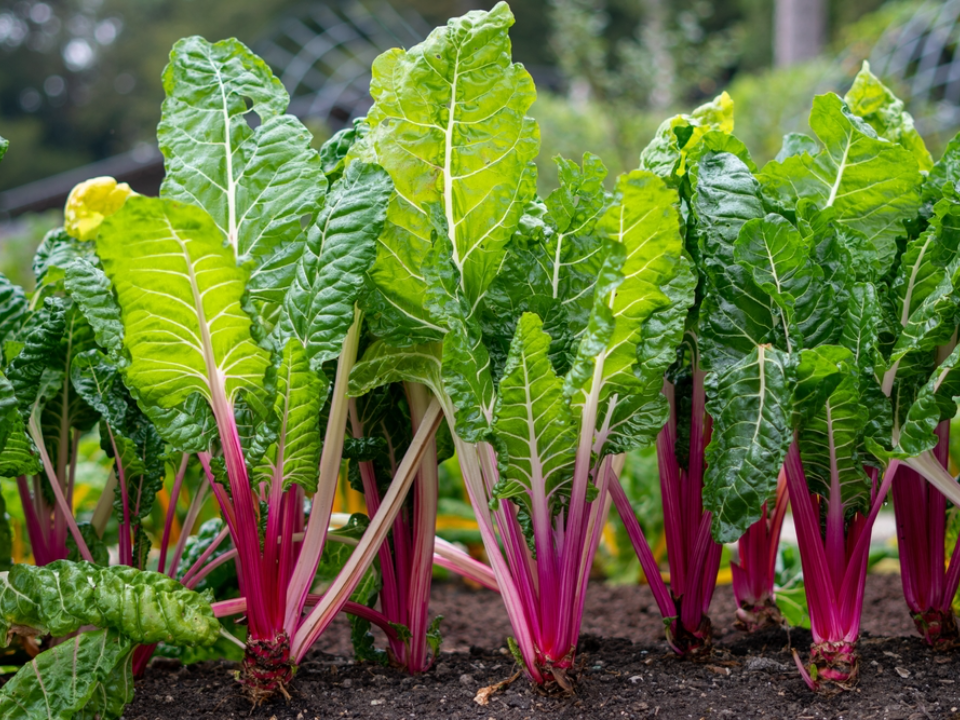
Swiss chard grows well during fall and can handle mild frost. It is best to plant it in soil enriched with compost or organic matter. The seeds sprout quickly, and the leaves develop bright colors that make gardens look lively. You can harvest young leaves early or wait for larger stalks.
To keep Swiss chard healthy, water it consistently and remove damaged leaves. It tolerates partial shade, which helps preserve leaf tenderness. The more you harvest, the more the plant produces. It remains one of the most dependable greens for both beauty and nutrition.
Broccoli
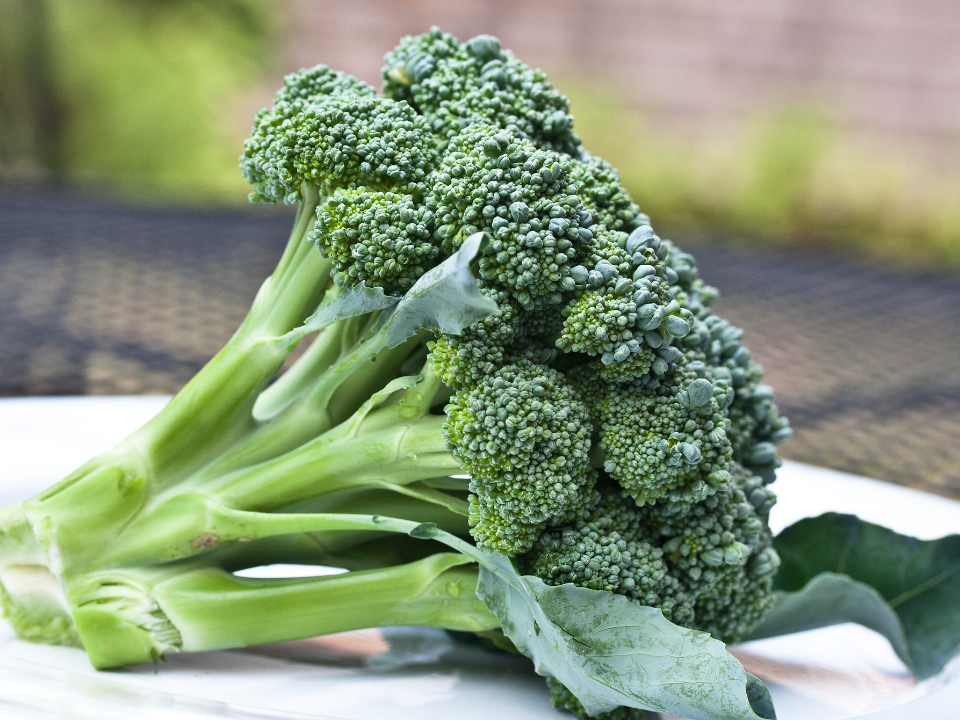
Broccoli enjoys the cooler days of October, making it a great addition to fall gardens. Transplants grow faster than seeds, but either option works well. The plants need nutrient-rich soil with plenty of sunlight. As temperatures drop, broccoli forms tight, firm heads that taste best after a light frost.
Regular watering supports steady growth and prevents the heads from drying. Adding mulch helps retain soil moisture and regulate temperature. Harvest the main head first, and smaller side shoots will continue to grow. Broccoli from a home garden has a fresher, richer flavor than store-bought varieties.
Peas
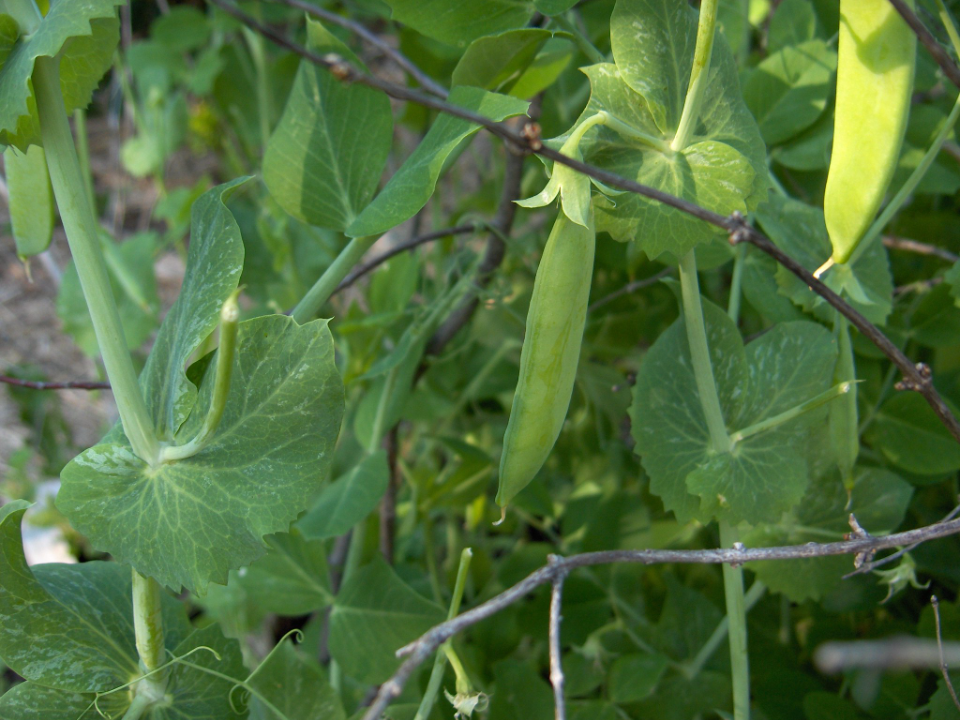
Peas are another cool-weather vegetable that can still be planted in October in many areas. They germinate well in soil that stays above freezing. Sow the seeds directly in garden beds or along trellises where vines can climb. As they grow, they enrich the soil by fixing nitrogen, which benefits nearby plants.
Peas appreciate consistent watering and full sun exposure. Adding mulch helps maintain soil warmth during cooler nights. The young pods can be harvested for a sweet, crisp taste or left to mature for shelling peas. Growing peas in fall ensures a refreshing harvest before winter sets in.
Turnips
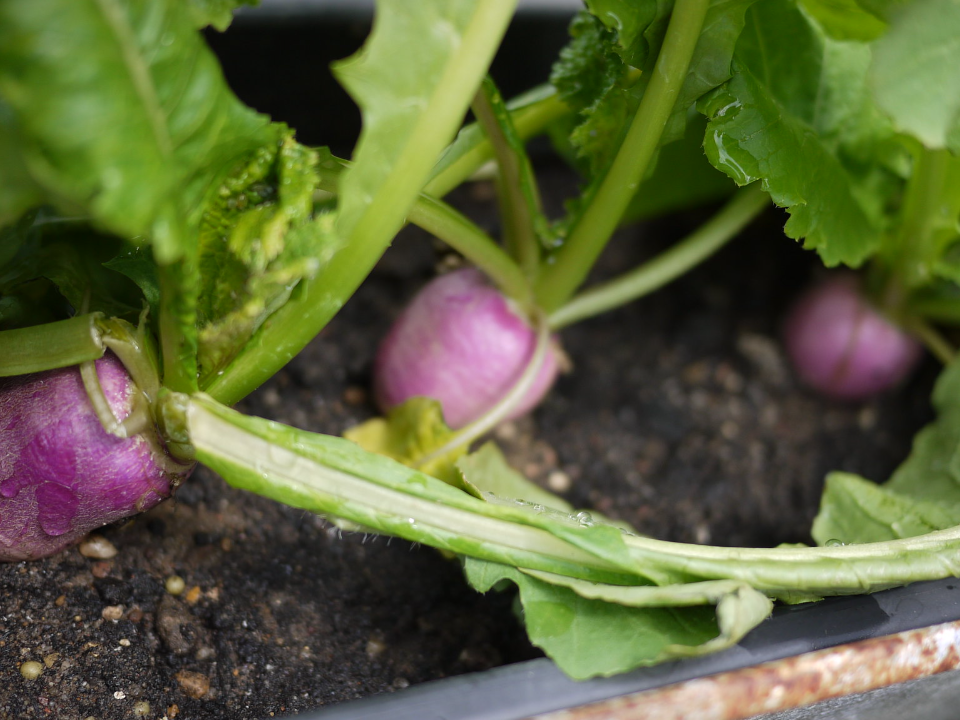
Turnips grow quickly and perform well in cool autumn weather. The seeds germinate easily and can be sown directly into moist soil. They require loose soil to allow the roots to expand without restriction. Both the roots and greens are edible, offering a double harvest from a single plant.
Keep the soil slightly damp and free from weeds to help turnips thrive. The roots develop their best flavor when grown in cooler conditions. Harvest them while they are small and tender for better taste. Turnips are a classic addition to hearty soups and roasted vegetable dishes in the fall.
Arugula
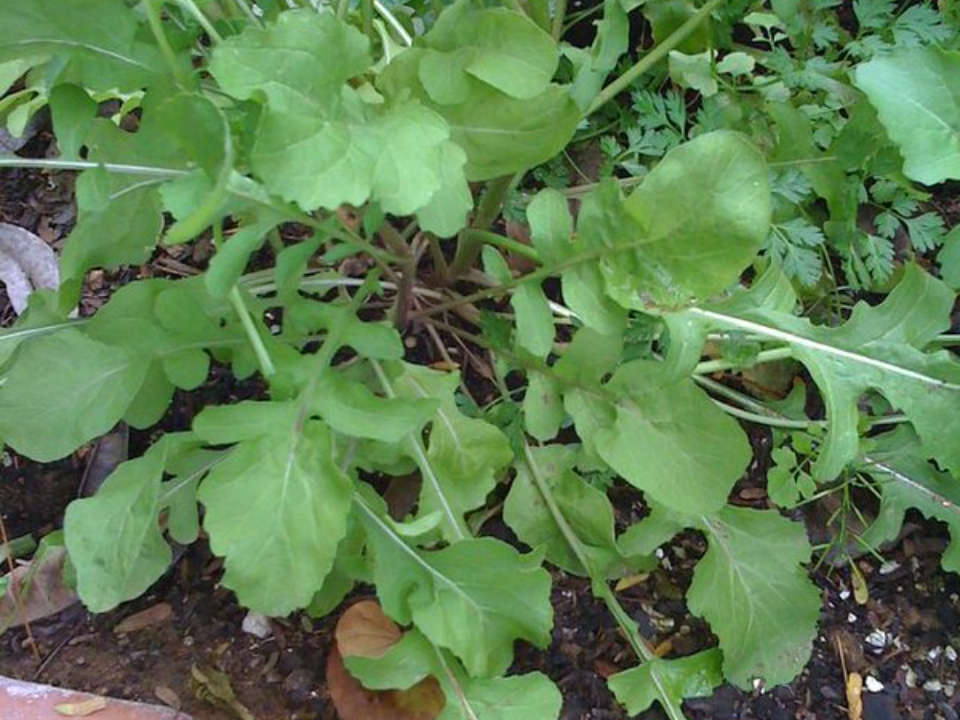
Arugula, also called rocket, grows well in October because it loves mild temperatures. You can plant it directly in garden beds or in pots for easy access. The seeds sprout quickly, and young leaves are ready for harvest within a few weeks. This leafy green adds a peppery flavor to salads and sandwiches.
To keep arugula fresh, water it regularly and provide light shade on sunny afternoons. Frequent harvesting helps prevent the plant from flowering early. Since it grows fast, you can sow new batches every couple of weeks. Its rapid growth and crisp texture make it a rewarding fall crop.
Cabbage
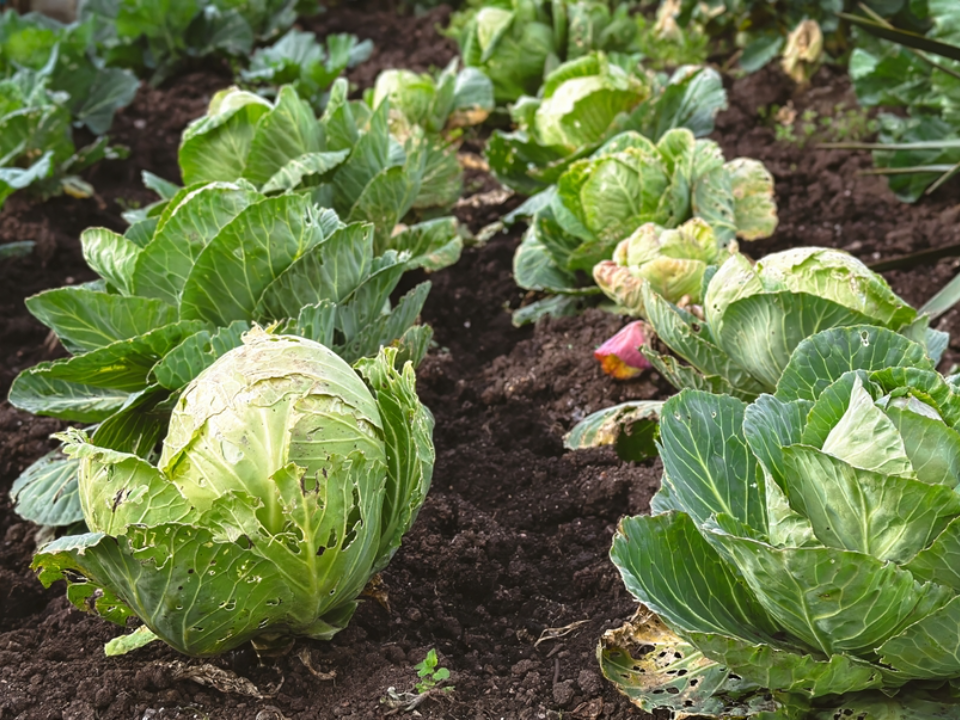
Cabbage thrives in cooler months and can still be planted in early October. Start with young transplants if you want a faster harvest. It grows best in rich, well-drained soil with plenty of sunlight. As the temperature drops, the heads become denser and sweeter.
Keep the soil consistently moist and use mulch to help retain water. Watch for pests like cabbage worms, which are more active before the first frost. Harvest the heads when they feel firm to the touch. Fresh cabbage is excellent for making slaws, soups, and fermented dishes such as sauerkraut.
Mustard Greens
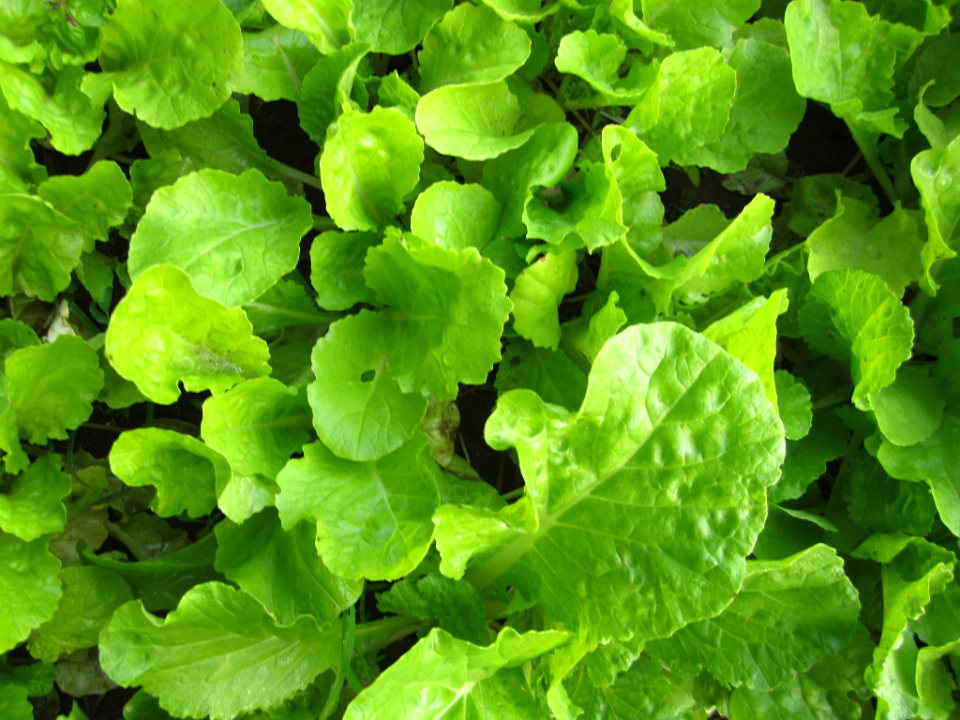
Mustard greens are fast growers that thrive in cool weather. They can tolerate light frost, which makes their leaves even more flavorful. Plant the seeds directly in moist, fertile soil about half an inch deep. Within a few weeks, you can start picking tender young leaves.
Regular harvesting encourages new growth from the center of the plant. Water them evenly and keep weeds under control for best results. The leaves can be eaten raw or cooked to mellow their sharpness. Mustard greens add a bit of spice and color to autumn meals.
Bok Choy
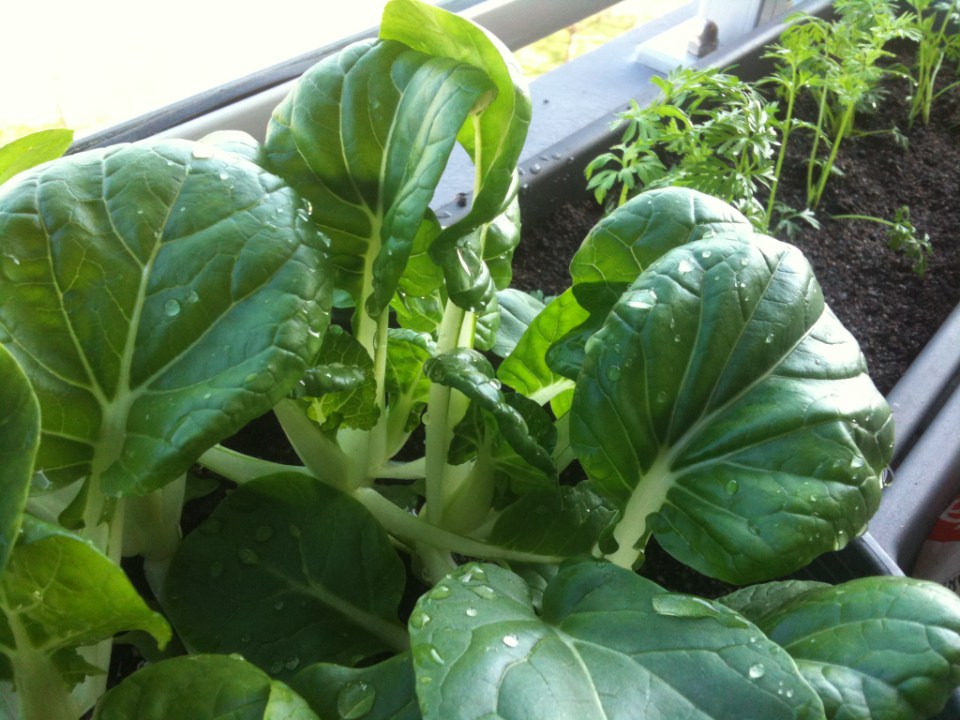
Bok choy is well-suited for October planting, especially in regions with mild winters. The seeds germinate quickly, and the plants grow best in fertile, moist soil. This leafy vegetable matures in as little as six weeks, making it ideal for late-season harvests. Its crisp stems and tender leaves are excellent for stir-frying.
Consistent watering helps prevent the plants from bolting early. Space them several inches apart to allow enough room for the heads to form. Bok choy tolerates light frost, so it continues to grow even as temperatures drop. It is a flavorful and reliable vegetable for fall cooking.
Collard Greens
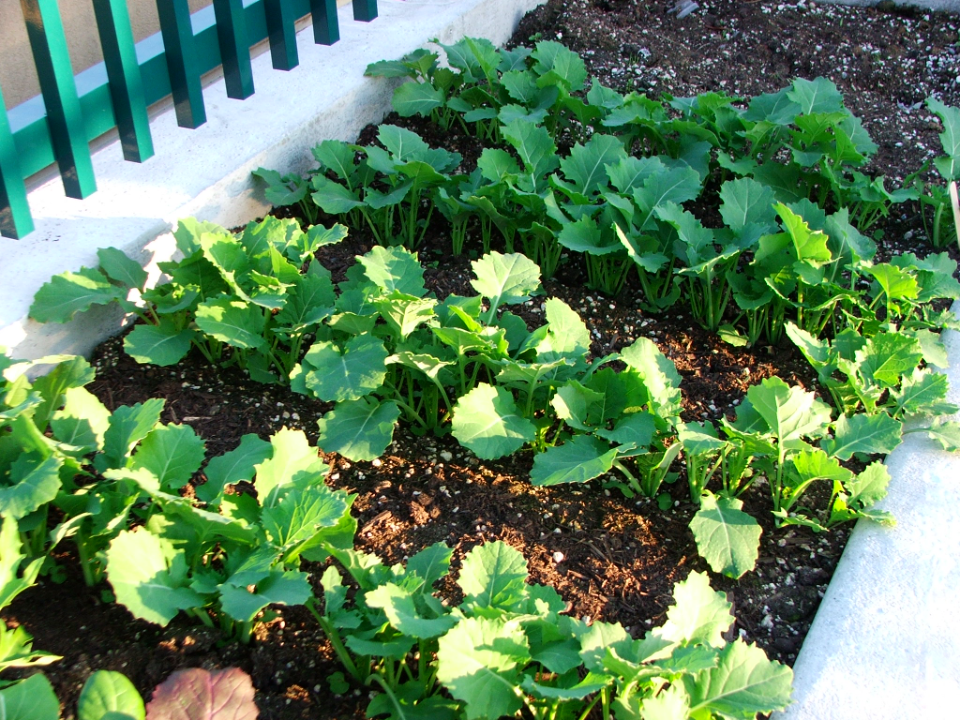
Collard greens are hardy plants that continue growing through chilly weather. October planting works well in most areas, as the plants can tolerate light frost. The leaves become more tender and flavorful when grown in cooler temperatures. You can harvest the outer leaves while allowing the center to produce new ones.
Collard greens need nutrient-rich soil and steady watering. Adding mulch helps retain moisture and protect the roots from temperature swings. These leafy greens are excellent when sautéed, steamed, or added to soups. Their long growing season makes them a dependable addition to fall gardens.
Parsnips
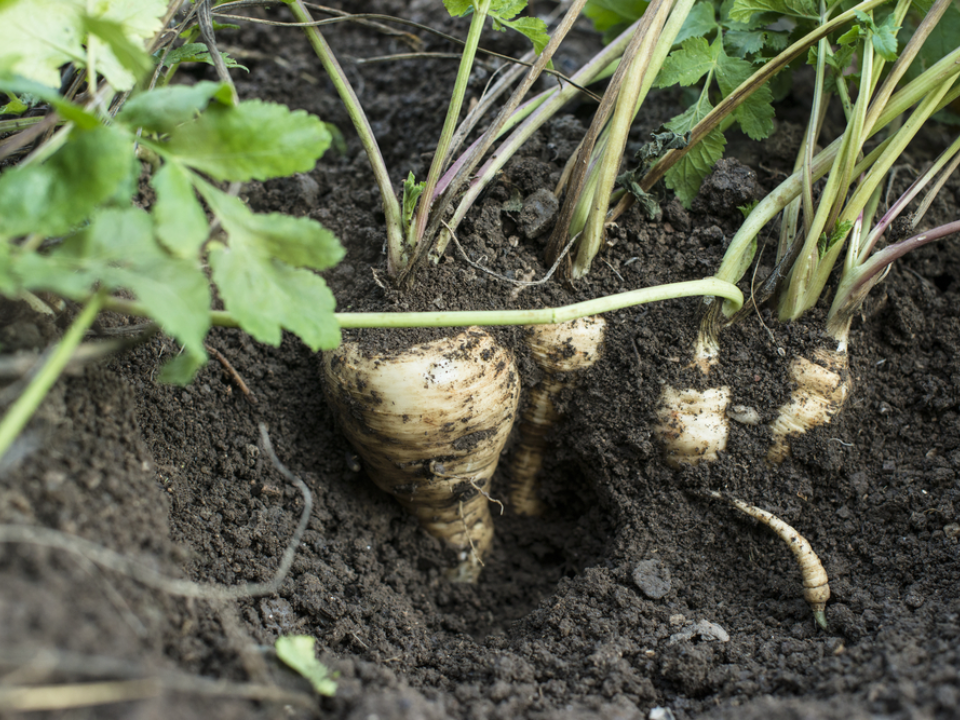
Parsnips are root vegetables that benefit from cool weather planting. The seeds take longer to germinate but are worth the wait. Plant them directly into loose soil where they can grow long and straight. As they mature, parsnips develop a rich, sweet flavor, especially after frost exposure.
Keep the soil moist and free of weeds during the early growth stage. They can be left in the ground through winter and harvested as needed. The roots store well and can be roasted, mashed, or added to stews. Parsnips offer a comforting flavor perfect for late autumn meals.
Endive
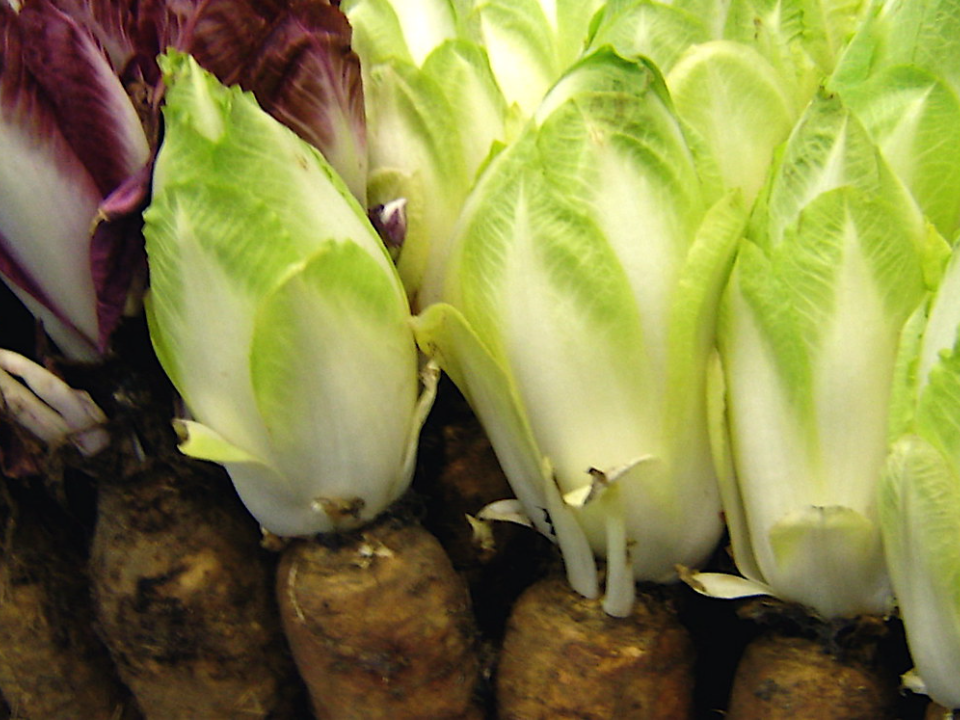
Endive, a leafy green related to chicory, grows well when planted in October. It prefers cool soil and moderate sunlight. The seeds germinate quickly, producing slightly bitter leaves that add complexity to salads. You can harvest them young for a milder taste or wait until they mature for stronger flavor.
Water endive consistently to maintain tender leaves and prevent bitterness. Mulching helps regulate moisture and temperature as the weather cools. It can also be blanched by covering the heads to produce lighter, sweeter leaves. Endive adds variety to fall greens and pairs well with citrus dressings.
This article originally appeared on Avocadu.
